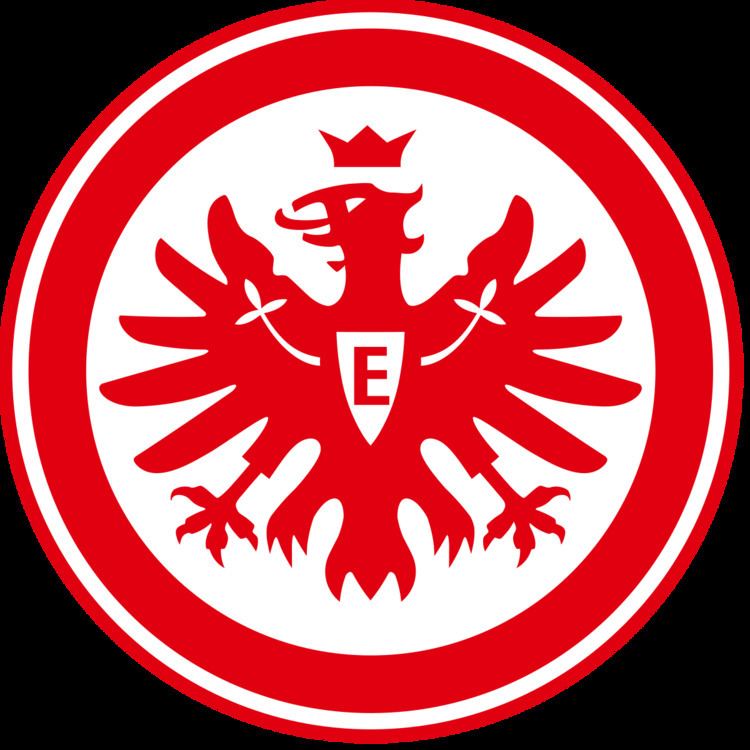Ground Capacity 10,826 | Dissolved 2014 Founded 1899 | |
 | ||
Nickname(s) Amas (Amateurs),U23,Die Adler (Eagles),SGE (Sportgemeinschaft Eintracht) Ground Stadion am Bornheimer Hang | ||
Eintracht frankfurt ii waldhof mannheim
Eintracht Frankfurt II was the reserve team of Eintracht Frankfurt. Formerly known as Eintracht Frankfurt Amateure (Amateurs) until 2005 the team played as U23 (Under 23) to emphasize the character of the team as a link between youth academy and pro team.
Contents
The traditional home ground was the Riederwaldstadion but for safety purposes the team was forced to play at Bornheimer Hang. The ground was actually renovated for local rival FSV Frankfurt but since their unexpected promotion to the 2. Bundesliga and the stricter home ground requirements FSV used to play at Eintracht's actual stadium while the SGE reserves play at their home. From 2009-10 both teams, FSV and Eintracht U23 played at Bornheimer Hang.
The squad was frequently supported by Ultras Frankfurt, especially when playing derby matches against Darmstadt and Kassel, both home and away.
History
Eintracht Frankfurt Amateure first played at highest level in Hesse when it earned promotion to the Amateurliga Hessen in 1969, winning the league in its first attempt in 1969–70. The team played in this league, renamed to Amateur-Oberliga Hessen in 1978, for the next 26 seasons, with three runners-up finishes in 1978, 1983 and 1995 as its best results after the 1970 championship. The last of those three allowed the club promotion to the Regionalliga Süd, newly formed the year before. The team lasted for only one season before dropping back to what was now the Oberliga Hessen but won promotion again in 2002. Again it played in the Regionalliga for only one season but in 2008 it qualified for the new Regionalliga Südwest, where it played for six seasons until 2014.
In April 2014, the club board of Eintracht Frankfurt decided to withdraw the U23 team from league operations, as was FSV Frankfurt II and Bayer 04 Leverkusen II, after a ruling by the DFL allowed all Bundesliga and 2. Bundesliga clubs to freely choose whether or not to operate an under-23 reserve team. Previous to that such teams had been compulsory.
Famous players
Managers
The recent managers of the club:
Honours
The club's honours:
Recent seasons
The recent season-by-season performance of the club:
